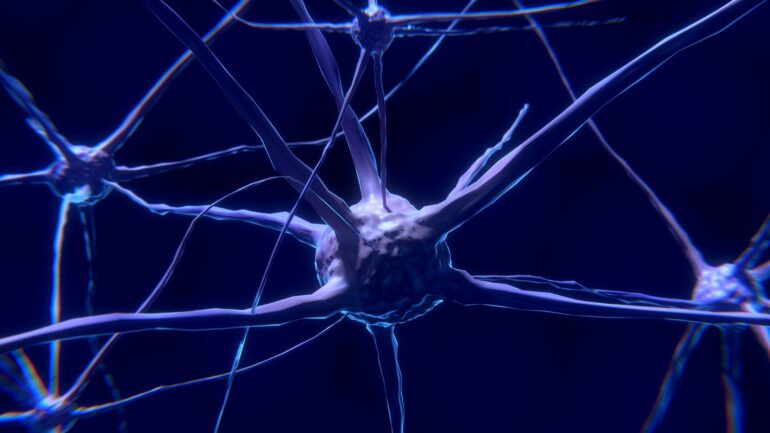TL;DR:
- Dr. Shuiwang Ji’s collaborative research community publishes a paper on neuron tracing in light microscopy datasets.
- BigNeuron, led by the Allen Institute for Brain Science, unites computer scientists and neuroscientists worldwide.
- The initiative aims to establish a standard framework for automatic neuron reconstruction.
- Algorithms will be benchmarked on large-scale image datasets using supercomputers.
- The project will provide publicly available neural reconstruction data and robust tools for researchers.
- Challenges include species diversity, brain region variations, and image quality.
- An automated algorithm employing deep learning is developed to address these challenges.
Main AI News:
Dr. Shuiwang Ji, a distinguished professor in the Department of Computer Science and Engineering at Texas A&M University, has made significant contributions to the field of neuron tracing in light microscopy datasets. Recently, his collaborative research community achieved a major milestone with the publication of their groundbreaking paper titled “BigNeuron: a resource to benchmark and predicted performance of algorithms for automated tracing of neurons in light microscopy datasets” in the esteemed April issue of Nature Methods.
Since its inception in 2015, BigNeuron, spearheaded by the Allen Institute for Brain Science, has fostered a global coalition of computer scientists and neuroscientists from prestigious institutions. Together, they strive to establish a universal framework that empowers researchers to identify the most effective methods and algorithms for expeditious and precise automatic neuron reconstruction. The next step involves subjecting these algorithms to comprehensive “bench tests” on expansive datasets of images utilizing state-of-the-art supercomputers.
The culmination of this ambitious undertaking will yield an extensive repository of publicly accessible neural reconstruction data images complemented by robust tools and algorithms that researchers can readily employ for their own analytical endeavors. Given the astounding complexity of the human brain, which houses billions of interconnected neurons intricately linked through thousands of delicate branches, obtaining a comprehensive understanding of its functionality and dynamic evolution necessitates the digital reconstruction of these neuronal structures with utmost precision.
Over the past four decades, scientists have made concerted efforts to devise fully automated methods for neuron reconstruction, leveraging high-resolution microscopes to capture intricate 3D snapshots of individual neurons. However, the task of accurately recreating these structures has proven to be a formidable challenge due to various factors such as species diversity, distinct brain regions, developmental stages, and varying quality of microscopy image datasets obtained from different laboratories. These idiosyncrasies hamper the ability of existing algorithms to generalize effectively across a broad range of image volumes.
To address this issue head-on, Dr. Ji’s team devised a cutting-edge automated algorithm rooted in deep learning techniques. By leveraging the power of artificial intelligence, this innovative approach discerns the intricate shape and morphology of each neuron within a specific image. Through a meticulous process of training and refinement, the algorithm has demonstrated remarkable efficacy in surmounting the hurdles posed by the inherent complexities of neuronal reconstruction.
Dr. Ji’s pioneering work in advancing the field of automated neuron tracing holds immense promise for unraveling the mysteries of the human brain. With the advent of BigNeuron and its collaborative efforts, the scientific community is poised to embark on a new era of accelerated progress, equipped with standardized methodologies and tools that will revolutionize the understanding of neuronal connectivity and ultimately illuminate the fundamental workings of our most enigmatic organ.
Conlcusion:
The publication of the research paper and the progress made by BigNeuron hold great significance for the market. The establishment of a standard framework for automatic neuron reconstruction and the development of an advanced deep learning algorithm will revolutionize the field. Researchers and professionals in the neuroscientific community will benefit from the publicly available neural reconstruction data, along with the robust tools and algorithms provided. This breakthrough will accelerate progress in understanding the complexities of the human brain, leading to new opportunities for innovation and advancements in neuroscience and related industries.

